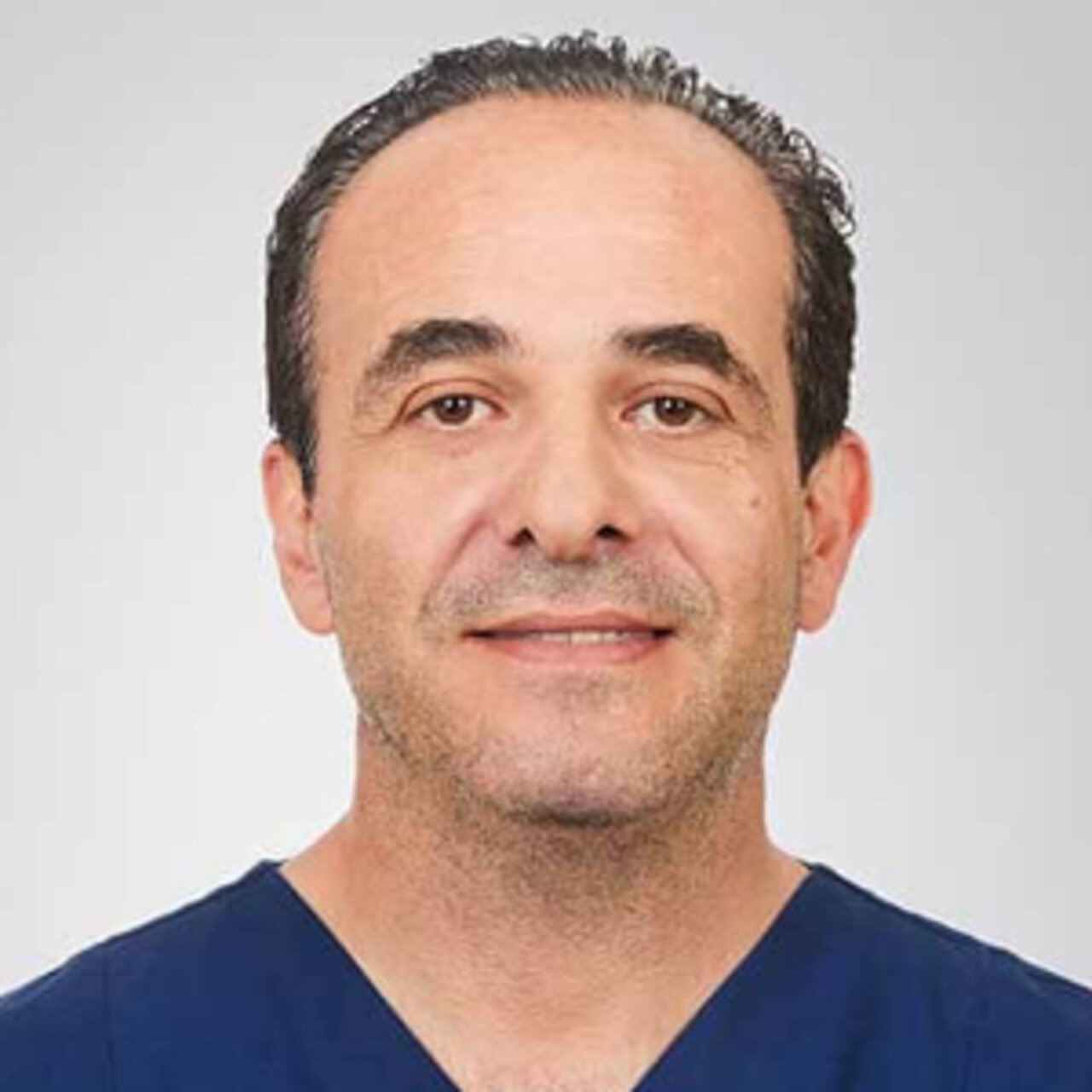Specialists in Gynaecology and obstetrics
7 Specialists found
Information About the Field of Gynaecology and obstetrics
How Much is Treatment by a Gynecologist or Midwife in Germany or Switzerland?
For patients from abroad, the cost for a gynecologist or midwife in Germany is strictly regulated by the German government (GOÄ Department). German physicians are not entitled to determine their own self-calculated fees for medical services. They are legally obliged to adhere to the official fixed tariff rates for doctors.
In order to calculate the costs for a specific obstetrics and gynecology treatment in Germany or Switzerland, gynecologists and obstetricians first require detailed information on the specific circumstances. This data can be transferred to the birthing center in form of medical reports, findings or images taken prior to treatment. The maternity hospital then prepares a cost estimate. In most cases, the amount due must be paid in advance.
What is Obstetrics and Gynecology?
Obstetrics and gynecology is a branch of human medicine dealing with the development and therapy of female sexual and reproductive organs as well as the urinary tract body organs such as kidneys and bladder. The corresponding counterpart section for men would be orrology or urology although urologists treat female patients as well. In Germany, specialist training as a gynecologist is always done in combination with obstetrics. In a broader sense, gynecology also includes the treatment of diseases of the female breast, including checkup and mammography.
Gynecological Examination Methods
The gynecological examination serves not only the therapy and diagnosis of diseases, but also the prevention of disorders of the female organism. In general, this checking includes an advisory talk and a vaginal examination. This procedure is supposed to be a preventive measurement which includes the early detection of malignant breast and uterine cancer cells as well as advice on sexuality, pregnancy, menstrual bleeding, and abuse experiences.
When Does a Gynecological Examination Take Place?
Allthough a gynecological examination is generally a preventive checkup, the following symptoms also may cause a patient to visit a gynecologist:
- Pain, itching, and burning during urination or sexual intercourse
- Unnatural vaginal discharge
- Too strong or too long lasting bleeding, possibly occuring in combination with severe pain
- Lumps, hardenings, and painful abnormalities in the chest area
Additional symptoms in children:
- Bleeding before onset of menarche (first occurrence of menstruation)
- Suspected malformations of the genital organs
- Suspicion of abuse
The gynecologist can determine the symptoms in children mostly by visual diagnosis without touching the genitals.
How Does the Gynecological Check-up Work?
Generally, the gynecologist asks the patient for a urine sample before starting the examination. This allows him to detect germs, blood, and signs of inflammation, if any. In addition, he can easily find out if the patient is pregnant. After micturition (urination), the actual examination takes place.
At the beginning of each check-up, the gynecologist first wants to know more about current discomforts and specific incidents. Furthermore, he wants to attain information on the patient's as well as her family's medical history to exclude genetic risk factors for breast and cervical cancer. Moreover, he questions the patient regarding following issues:
- Contraception or desire for pregnancy prevention and sexual orientation
- Strength, duration and regularity of her period
- Bleeding between periods or unusual vaginal secretions
- Does she take any medication?
- Are there any relevant metabolic diseases (eg: hyper- / hypothyroidism)?
Following the medical history, the physical examination begins. For this, the patient exposes her abdomen and takes a seat on a special gynecological chair. Her back is slightly tilted back and her legs lay on the provided leg rests. Now the gynecologist can look at the woman’s outer genitals and visually recognize and diagnose abnormalities. The obstetrician’s attention is focused on swellings, redness, and inflammations. He then palpates the lymph nodes of the inguinal region (groin) to exclude thickenings.
Rectal and Vaginal Gynecological Inspection
The gynecologist uses the so-called speculum to palpate the vagina. Carefully he inserts the device which is coated with lubricant into the woman’s vagina and spreads it apart in order to get a good view of the vaginal mucosa membrane and cervix. If the gynecologist wants to examine the mucosa in more detail, he can use a colposcope, which is a small magnifying glass with a light source. To detect cancers early, he can also take a smear of the area between vagina and cervix, conducting the so-called Pap test. With help of the Pap test, the gynecologist microbiologically examines the cells in the area between the vagina and cervix on changes and malignant degenerations and classifies them in seven stages.
Following the speculum inspection, the gynecologist carries out a bimanual examination. He scans the vagina and examines its extensibility, indurations, and changes in the surface texture. Afterwards, he puts one of his hands on the abdominal wall in order to feel the uterus and detect changes.
From the age of 50, rectal examination is an additional part of the preventative checkup. The gynecologist examines the areas of the rectum and its surrounding tissue.
Very often, the gynecological Inspection is conducted with an ultrasound. This device is equipped with a special shape and can easily be inserted into the vagina. This procedure allows the gynecologist to assess the wall of the uterine lining, determine the cycle phase, and assess the ovaries and spaces of the small pelvis.
The gynecologist then examines the patient's chest. He scans the entire breast and armpit region and examines the lymph nodes for hardenings and lumps. The doctor should also explain the patient how to examine herself to be able to visit a specialist as quickly as possible. Patients who have reached the age of 50 are entitled to receive an additional X-ray examination of the breast, the so-called mammography.






